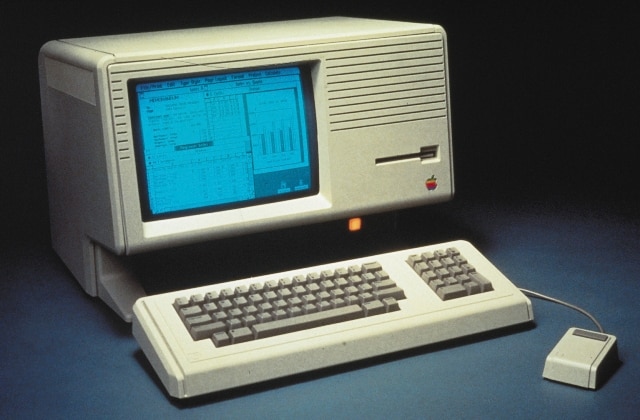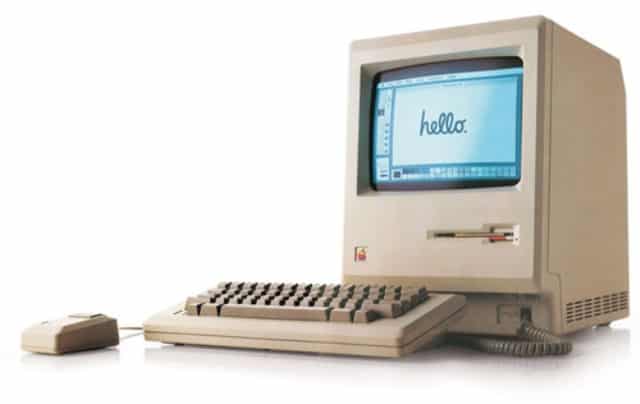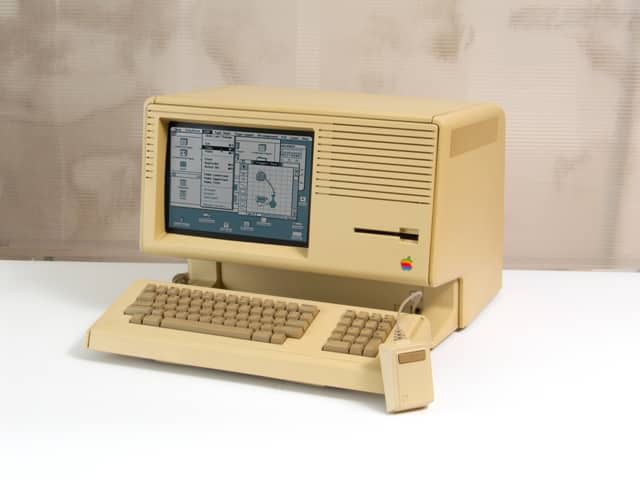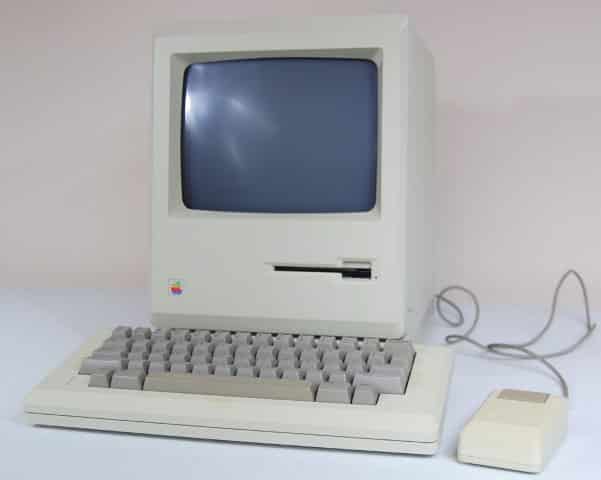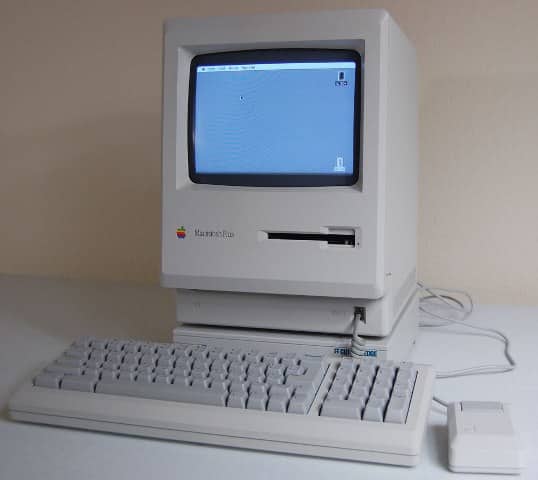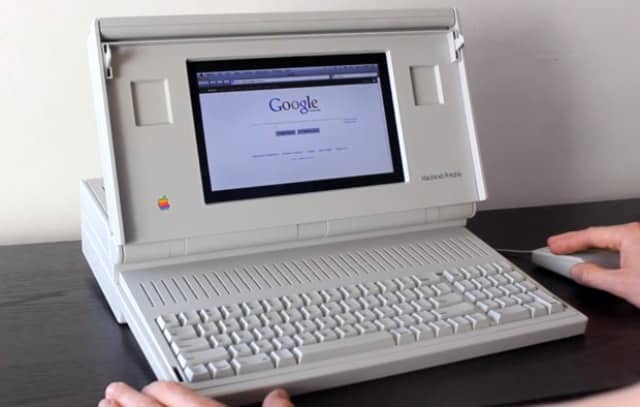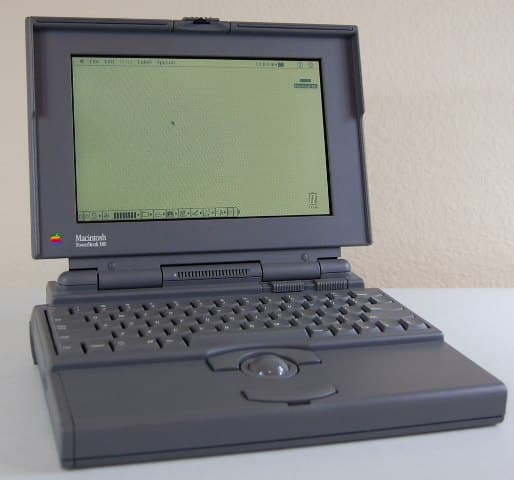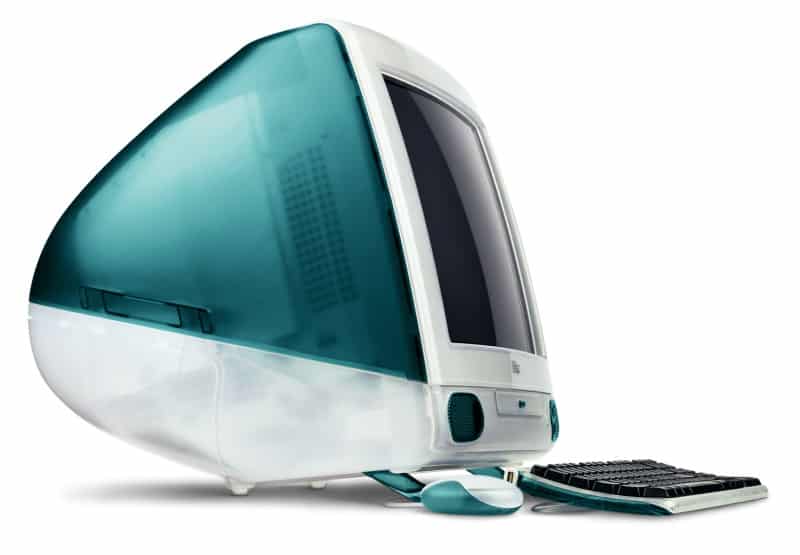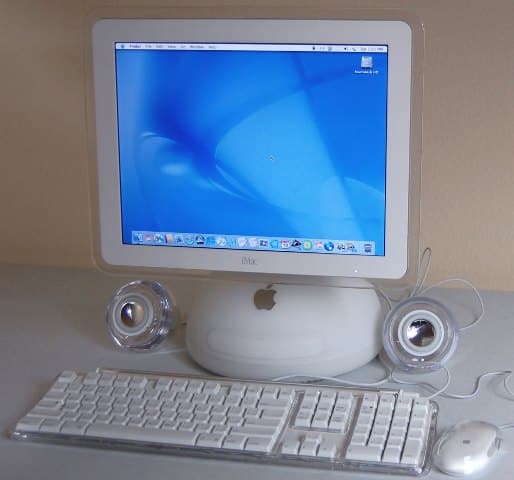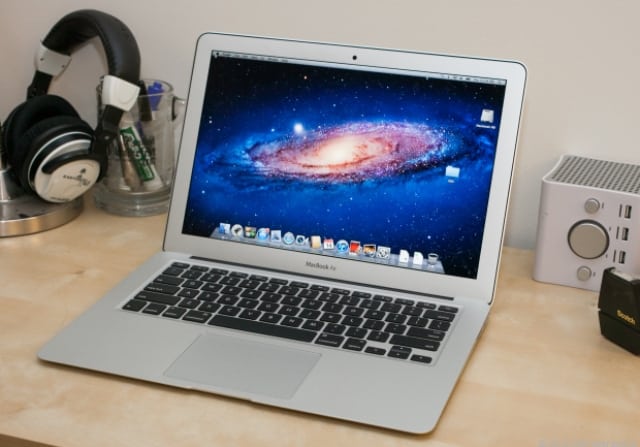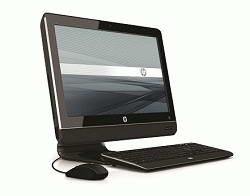30 years ago in January 1983, Apple created the first Mac model called Apple Lisa. The machine changed the very history of computing and laid the cornerstone for Apple’s future. Now, Mac has turned 30 and we give you a brief view of its evolution.
Today, Apple may be known more for iPhone and iPad but the fact remains that it was the Mac machine which turned Apple from an obscure company into a top American brand in no time. Given below are a few Mac models which depict the evolution of Apple from it’s first ever Mac to the latest Mac offerings.
Lisa:
This first Mac model was very expensive and it took Apple some $50 million to create it. However, due to its development costs, Apple had to offer it at a steep price tag of $10,000. Needless to say, the model didn’t really take off and only a few units were sold.
This model was launched in 1984 and retailed at $2495. It had a 9-inch screen and 128K of RAM which, back then, was an extraordinary amount of RAM. Pitched as a true personal computer, this model was able to finally bring significant success for Apple.
Once Macintosh 128K was a success, Apple was ready to build on that success. The Macintosh XL arrived at a significantly lower price of $3495 and was launched in 1985. It also fared quite better in terms of sales.
Like the name suggests, this model was pretty much the same as the Macintosh 128K but packed four time as much memory.
Macintosh Plus was a significant upgrade over previous Mac models in terms of hardware. This model included 1MB of RAM as well as an SCSI port. It cost $2599 and users could install additional hard drive to the machine, thanks to the SCSI port.
1989 was the time portable computers were beginning to become available, so Apple pitched in with its own Macintosh Portable. This was the first battery-powered Mac and has a 16MHz chip, weighing a mere 16 pounds. However, the machine couldn’t sell many units and was a flop in terms of sales.
After the unsuccessful offering of Portable, Apple came back with another portable model namely ‘Powerbook.’ This machine was unveiled in 1991 and was very light-weight, which made it an instant success as a portable computer. It had a floppy disk drive too but that came as a separate unit which had to be attached to the machine.
iMac is a truly significant point in Apple’s history because it was the first model from Apple after Steve Jobs became the company’s CEO. Apple focused more on the overall look and feel of the machine this time, splashing the design with a hint of bright colors.
iMac G4 was a rather unique machine from Apple which came with a thin display that could be folded forward and backwards, thanks to the flexible design of the machine. The machine’s design showed that Apple was increasingly focused on the final outlook of its products.
The modern line-up of Apple’s notebooks first started with the original MacBook back in 2006. The key features of the laptop included an excellent-quality LCD screen and a built-in ‘iSight’ webcam together with a very well-designed keyboard which was no longer an external unit.
MacBook Air is probably when Apple became a favorite among the professionals. It was unveiled by Jobs in 2008 and since it was the thinnest notebook back then, it was highly preferred by a huge number of professionals around the globe.
Among the most recent iconic offerings from Apple in the domain of Mac machines, iMac stands out as something fresh. The latest version is a 27-inch display which is juiced up with an Intel processor and packs a Fusion Drive data storage. The machine comes with wireless keyboard and mouse and has seen significant success.
Looking back at the history of Apple’s Mac, one can almost discern the key to the company’s success. Apple was able to take both the hardware upgrades and an excellent design forward to a time where the company was able to package both elements perfectly in its Mac machines.
[ttjad keyword=”mac”]

